Still Life with Bittern, Hare, Partridges, and Hunting Horn.
This work depicts an array of freshly captured game: a bittern with its wings spread, a hare, several partridges, and a few smaller birds.In the background, a dog can be seen, adding a narrative element and evoking the loyal assistance of canines during traditional hunts.To the left, a hunting horn and a basket further emphasize the hunting theme. These elements not only allude to the activity of the hunt itself but also to the social traditions and status historically associated with it.A single, oblique light source highlights the textures of feathers, fur, and reflective surfaces. This use of chiaroscuro, inspired by the Baroque movement and Caravaggism, enhances the realism of the details and draws the viewer’s attention to the game.
This Still Life with Bittern, Hare, Partridges, and Hunting Horn is part of a pair. The companion piece, titled Still Life with Fruits and Birds, is also held in the Tomaselli Collection. Both paintings come from the cabinet of curiosities and natural history formed by Antoine-Nicolas Gavinet, a member of the Académie de Lyon who died on March 5, 1795, and earlier from the Peysson de Bacot family, a consular family of Lyon.Adriaen van der Kabel was born in 1631 in Rijswijk, Holland, a small village surrounded by pastures half a league from The Hague. He was the son of Cornelis Jansz and Maritge van der Kabel (née Philips).
He began his artistic training with the Dutch painter Jan van Goyen between 1645 and 1648. During this period, he was also inspired by the works of Aelbert Cuyp and Jacob van Ruisdael.From the mid-1650s onward, his landscapes began to take on warmer Mediterranean tones, and in 1655, he embarked on a journey to Italy. He stopped in Lyon, where he stayed from 1655 to 1658 — the likely period during which this pair of paintings was created.
In 1659, he arrived in Rome and joined the community of Northern artists known as the Bentvueghels. There, he drew inspiration from artists such as Gaspard Dughet, Pier Francesco Mola, Salvator Rosa, and G.B. Castiglione. On August 20, 1665, Van der Kabel was arrested for carrying a sword illegally and declared to the Roman police that he had been living in Rome for about five years and was working as a painter.He appears to have continued his travels to Sicily, as suggested by a sketchbook that includes drawings of Sicilian buildings and monuments.
Van der Kabel left Rome in 1666, passing through Aix-en-Provence, Toulouse, and Avignon before settling permanently in Lyon. There, he quickly gained a reputation that earned him both the recognition of his peers — he served as one of the two Master Wardens of the painters' guild — and major commissions for decorating private mansions. He also collaborated with his brother Engel, a flower painter active in Lyon.In 1669, he married Suzanne Bourgeois in Lyon, with whom he had two daughters: Priscille (b. 1670) and Marie (b. 1671), the latter of whom became the goddaughter of Marie Delacoche, wife of the painter Thomas Blanchet.The artist owned a notable collection of paintings, including works by Francisque, G.B. Castiglione, and Sébastien Bourdon.
He also produced portraits, several of which are known today, such as his Self-Portrait (1693, engraved by A. Bouchet) and the Portrait of Jean Estival (Musée des Beaux-Arts, Lyon). The Portrait of Jean Chabert (a perfumer who owned the shop “Au Jardin de Provence” on Place des Terreaux in Lyon) is known through a 1679 engraving.
Adriaen van der Kabel died in Lyon on January 15, 1705. His son, the future painter Marc-Antoine van der Kabel, succeeded him that same year.
Provenance:- Cabinet of art and natural history objects assembled by Antoine-Nicolas Gavinet, member of the Académie de Lyon, who died on March 5, 1795,- Peysson family, bourgeois of Lyon (Jean Peysson followed by François Peysson).
Bibliography:- CAZENOVE Raoul de, Études sur les peintres lyonnais au XVIIe siècle. Le peintre Van der Kabel et ses contemporains, with a Catalogue of His Painted and Engraved Works (1631-1705), Paris, F.-A. Rapilly, 1888, 64 p.


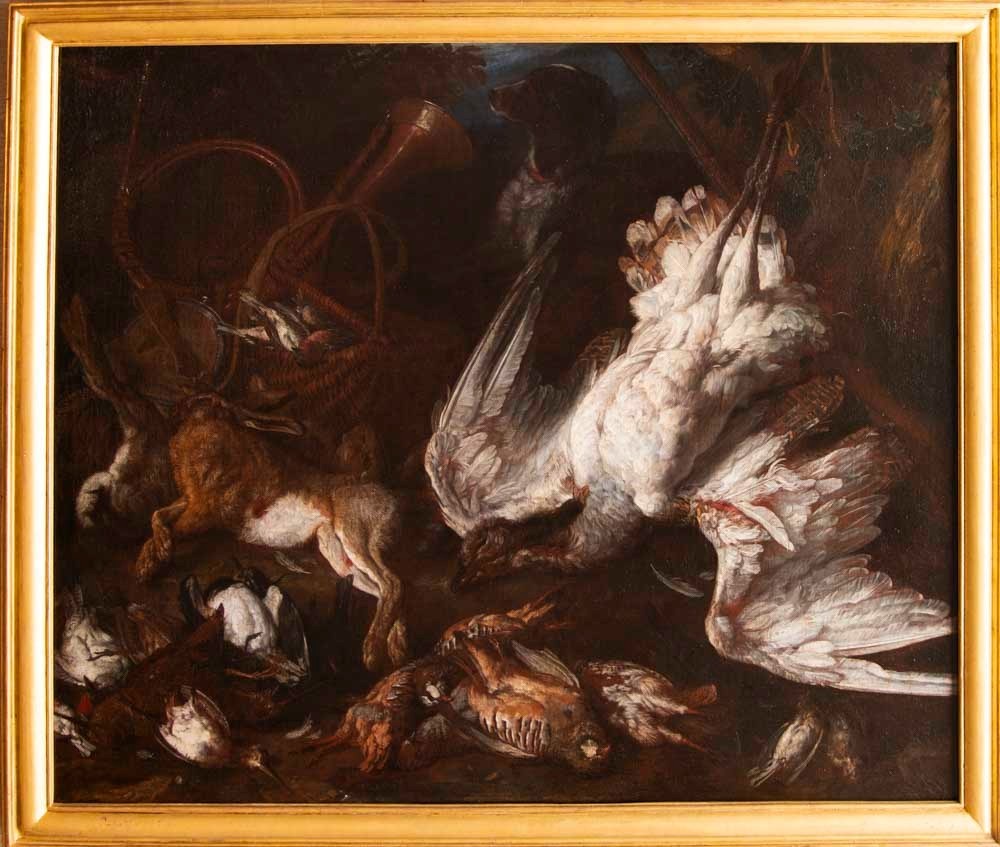

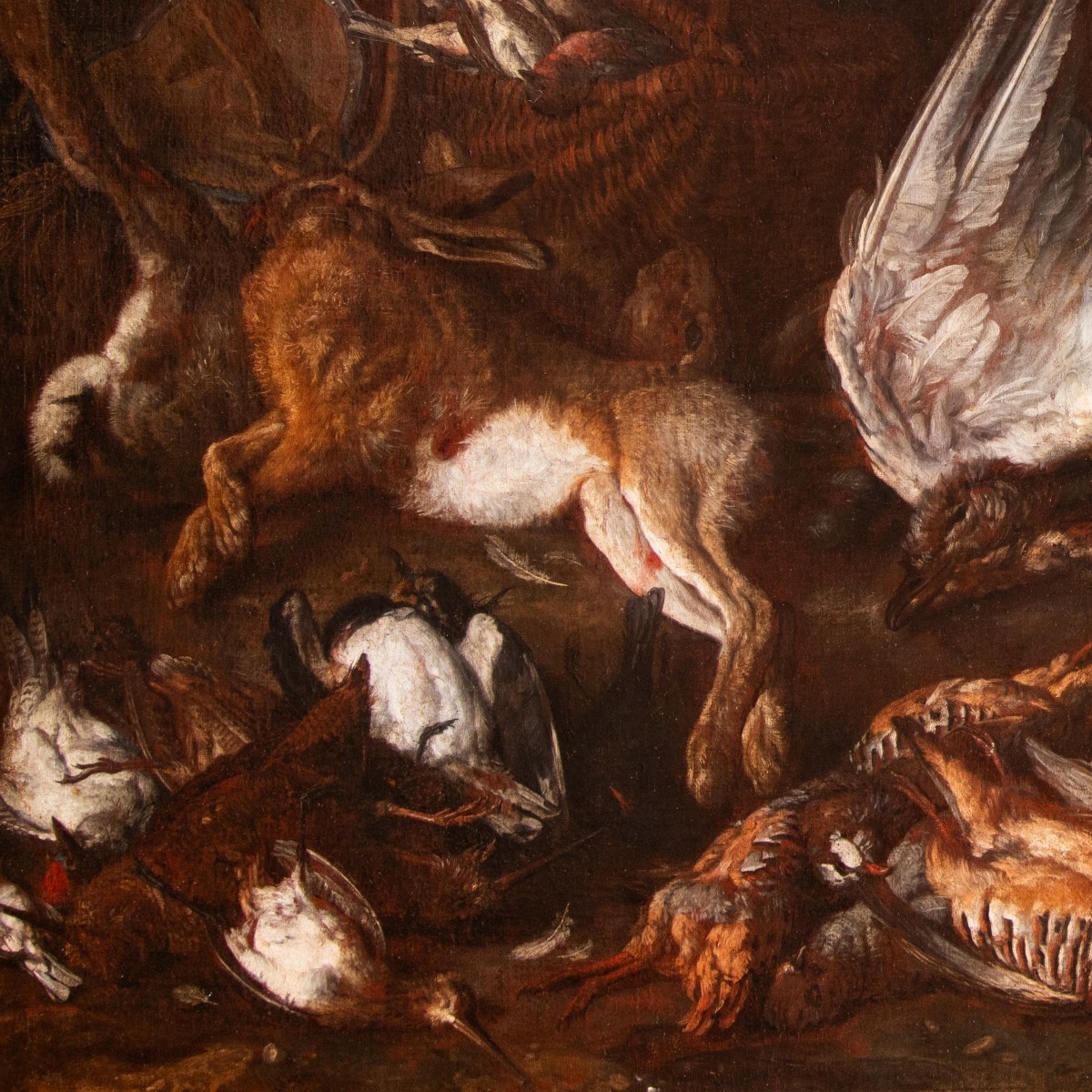
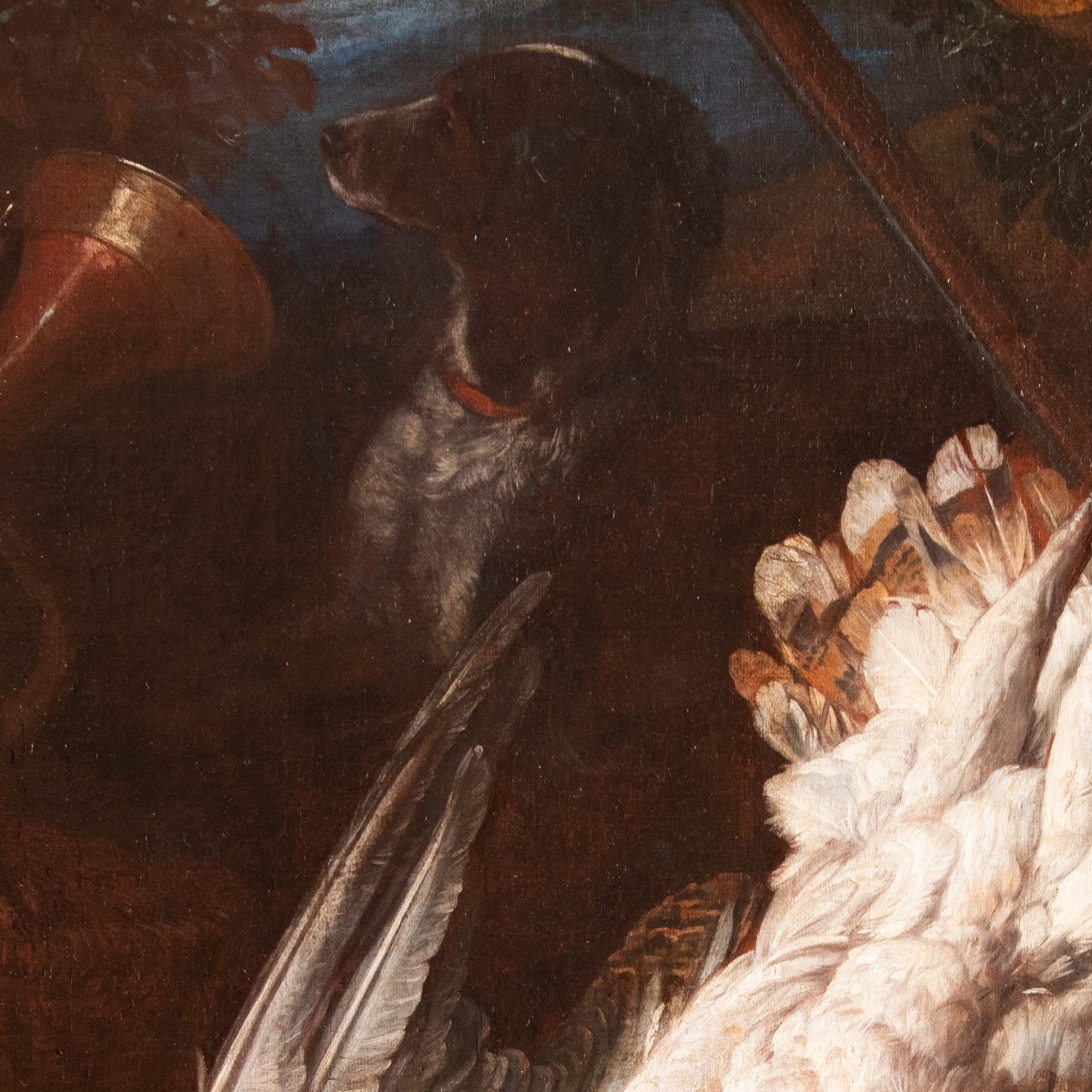
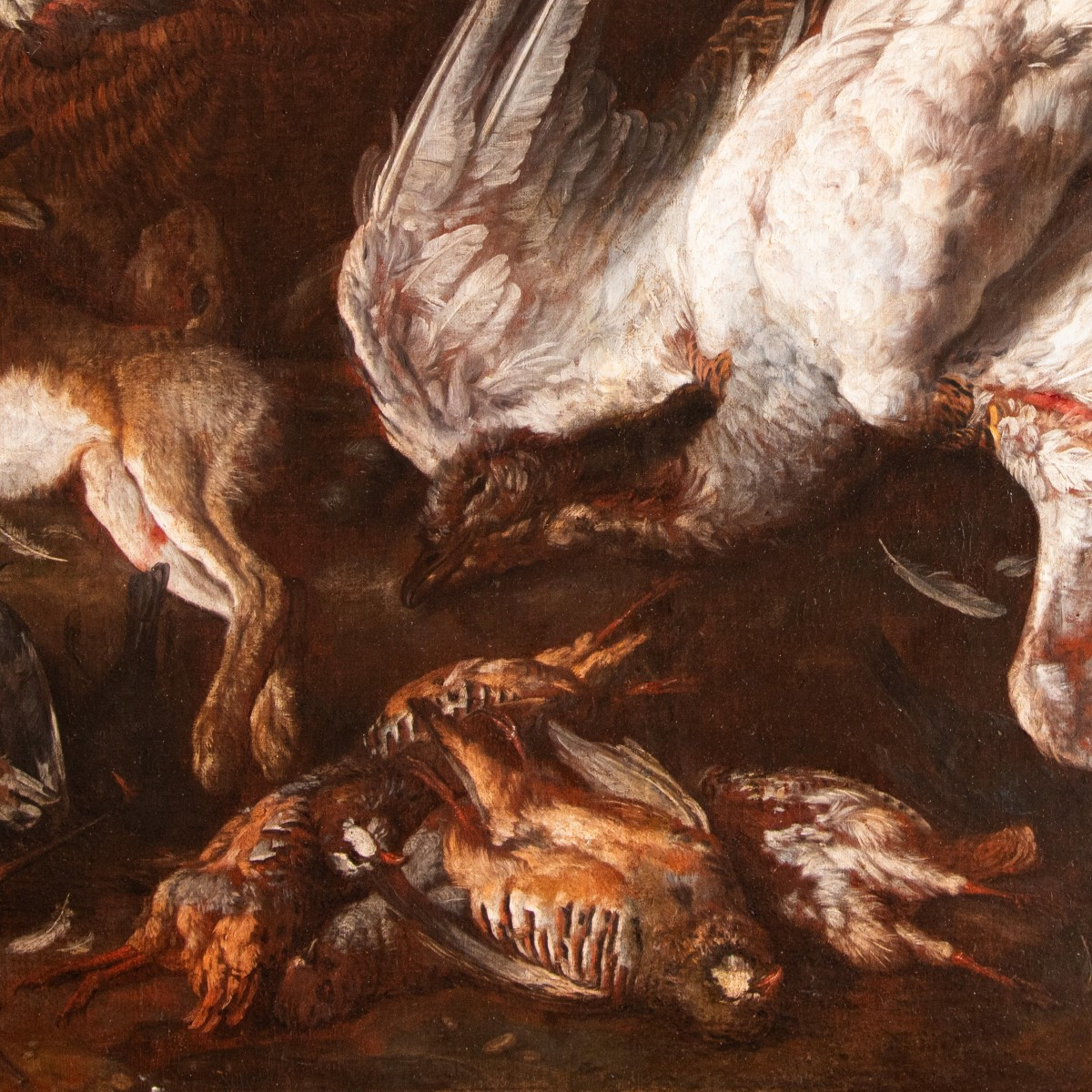
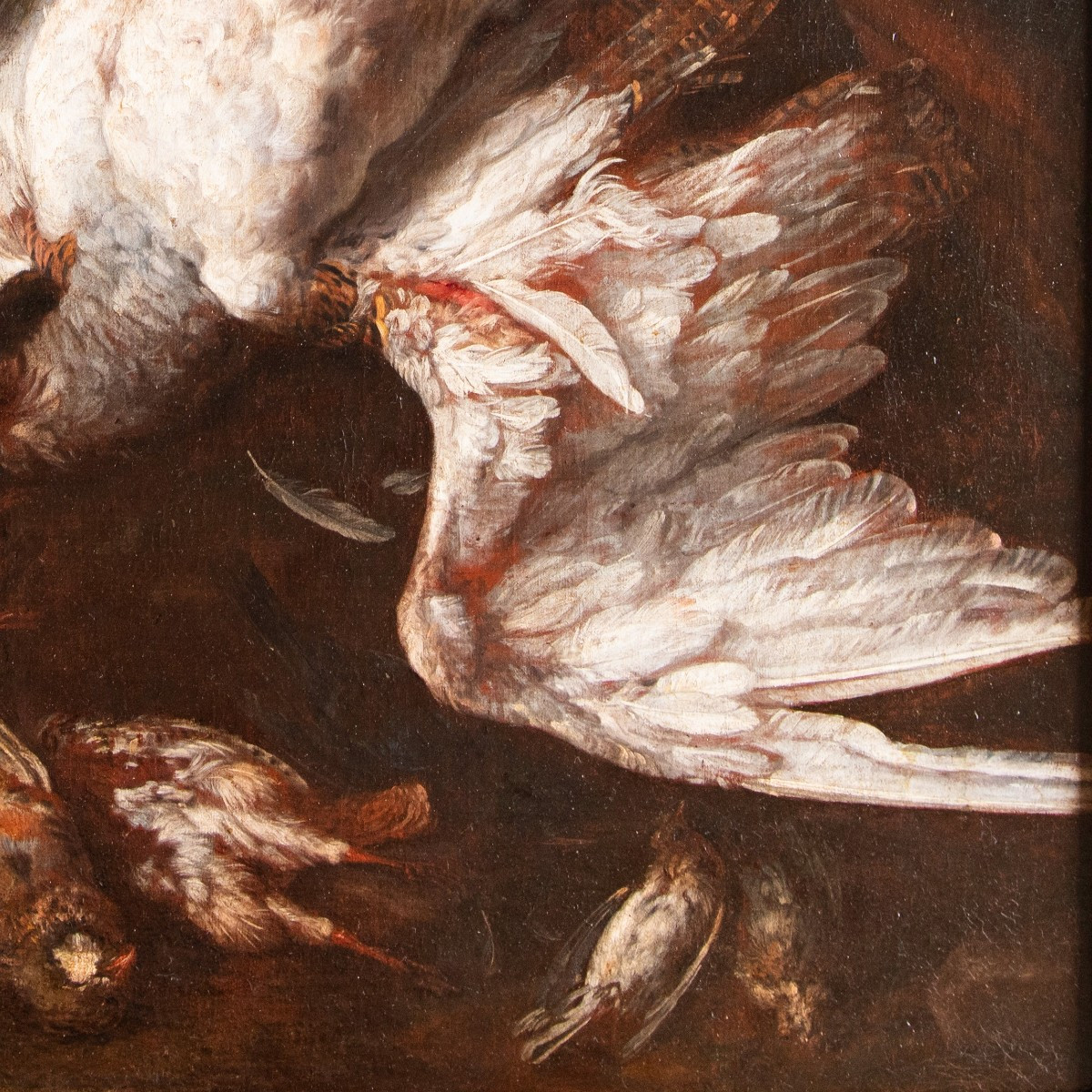
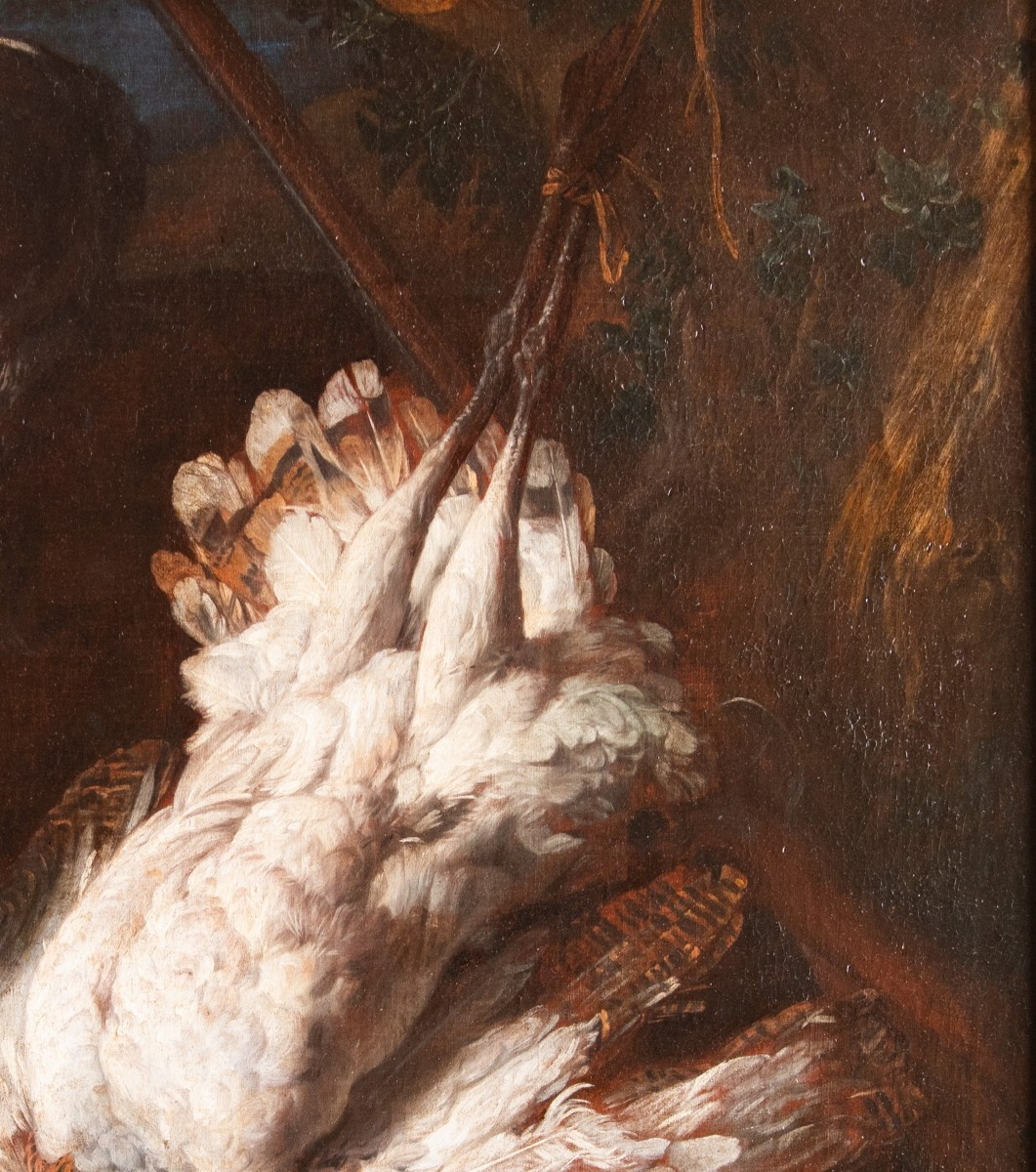
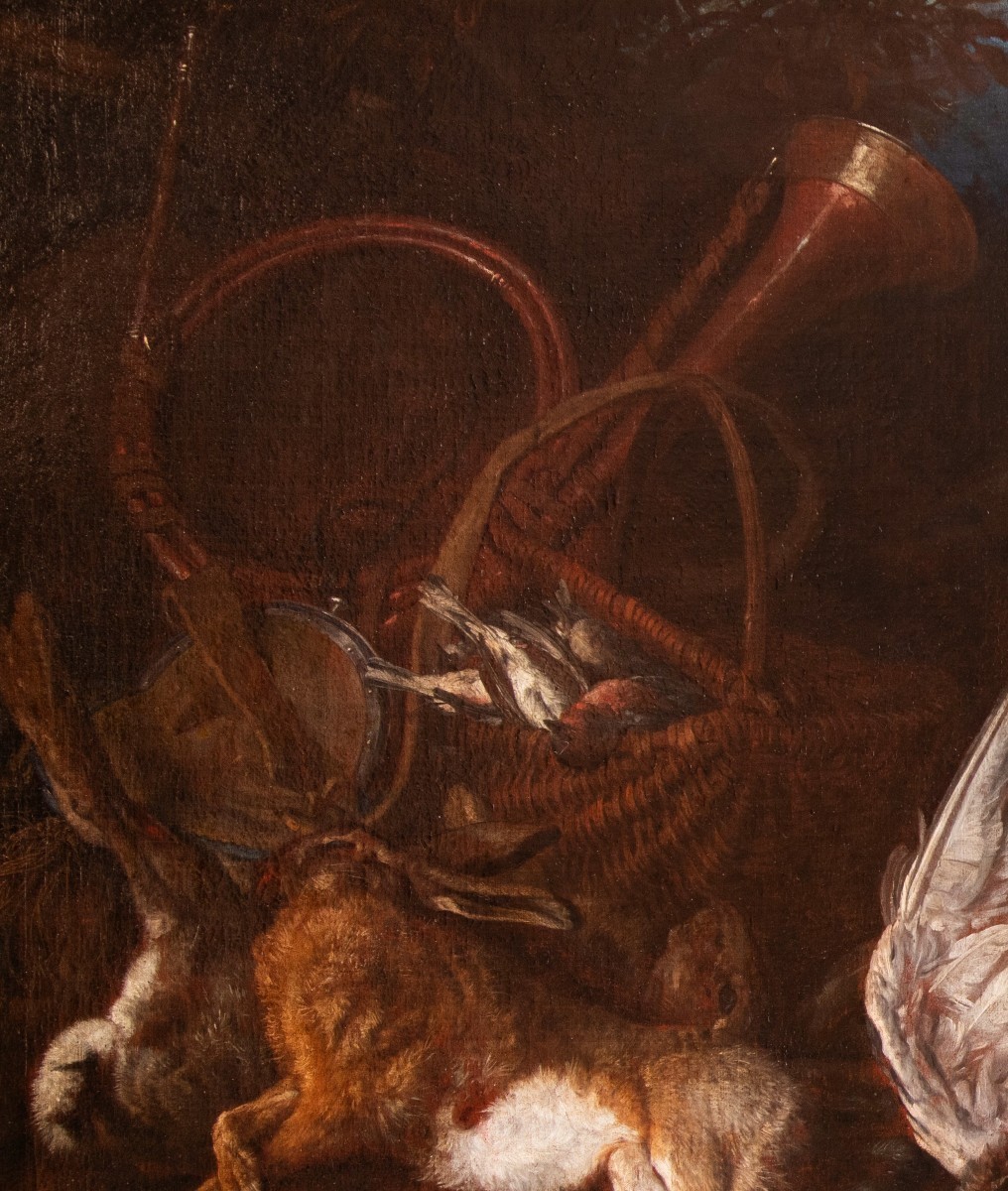













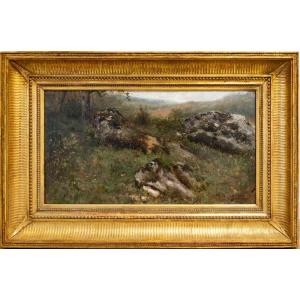



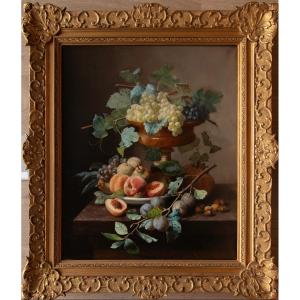
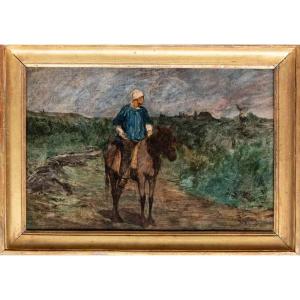




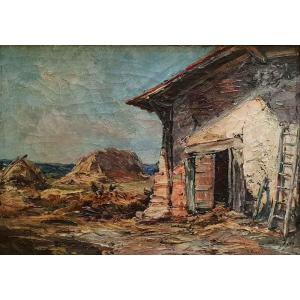

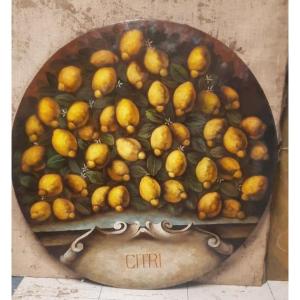

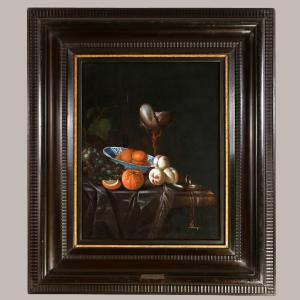




 Le Magazine de PROANTIC
Le Magazine de PROANTIC TRÉSORS Magazine
TRÉSORS Magazine Rivista Artiquariato
Rivista Artiquariato